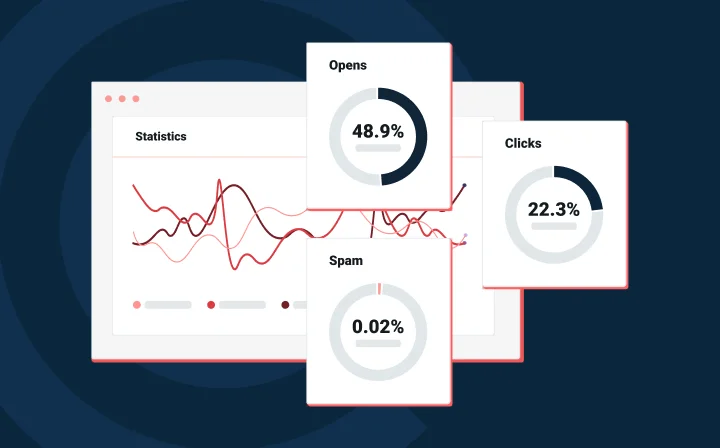Deliverability
Email inboxing: Master the art with this checklist

Deliverability

Remember those good old days of email blasts and cold emailing? Yeah, that doesn’t work anymore. In fact, email deliverability has never been more challenging. Now that you’ve integrated sending into your app or product, it’s time to think about deliverability.
Email inboxing is the rate at which your email makes it to your target audience’s inbox. This takes some art and science and black magic.
As you can imagine, the lower your email campaign’s inboxing rate, the fewer the number of readers who actually see your email and have a chance to engage with it. This means all those marketing metrics take a dip – goodbye open rate, click-through rate (CTR), conversion rate, and engagement rate. Of course, a high inboxing rate means the opposite. Pop open the champagne!
Below, we’ll go through some challenges you’ll face in terms of email inboxing and five best practices to stick that landing in your recipient’s inbox.
Firstly, landing in your email subscriber’s inbox is harder than ever – even if you’re a reputable sender. Regardless of the types of emails that you’re sending – whether these are email newsletters, product announcements, or mass emails – here are three main challenges when it comes to email inboxing:
So how can you ensure your emails actually reach inboxes? Here are five best practices that you can opt for to improve your email performance:
Let’s start with something we hammer on about all the time, i.e., keep your mailing list clean. You can do this by:
Adhere to authentication protocols. ESPs will assume a sender is spamming and will filter or drop the sender’s email if the emails aren’t properly authenticated. The common types of authentication are SPF, DKIM, and DMARC, which work for both one-to-one and bulk emails.
It’s hard to build a reputation, but easy to lose it all in one go. That being said, stay on top of your email sender reputation.
Email reputation is similar to personal credit scores. A poor email track record or no track record at all may prompt an inbox service provider to filter a sender’s message. Conversely, you can use a dedicated IP address to ensure you have full control over your sender reputation.
This goes without saying, but you can’t compete if your email can’t be delivered. Improve your deliverability with the following tips:
You must be aware of the volume of emails you’re sending. For instance, keep in mind that ESPs have send limits for each IP address. High-volume senders (more than 50,000 emails per week) should consider using a pool of IPs.
Conversely, you might want to use a shared IP address if you have a lower sending volume. Organizations that send less than 5,000 emails per week should consider a shared IP, which can help boost perceived sending volume. Many ESPs won’t acknowledge a sender’s reputation if their volume is too low.
However, if you have an established sender reputation and don’t want to rely on how other brands behave on your shared IP, you might want to look into a dedicated IP address.
Lastly, you might want to use a separate IP address for your transactional emails. Time-sensitive transactional emails may get queued behind a large batch of bulk marketing emails. In addition, bulk marketing emails can negatively impact the reputation of transactional emails.
Senders that keep a close eye on their email performance can take corrective actions before they waste valuable time and resources on unsuccessful email deliveries. By taking a more active role in their delivery efforts, senders can boost their reputation scores and avoid email death traps, such as spam filters or blocklists.
Ready to get cracking? Take advantage of email automation with Mailgun’s Email API, so you don’t have to craft every single email individually. Also, before you send out your next email, see how our Inbox Placement feature can help you see how your email will perform before you hit send.